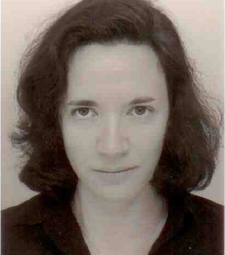Research area #1
Price formation in European electricity markets in conjunction with contingent markets, especially for gas and CO2; special attention will be paid in this context to the changing costs of different technologies (nuclear, renewable energy etc.);
About the research area
Since electricity is difficult to store and characterized by inelastic demand as well as multiple institutional and technological constraints, analyzing and forecasting its prices poses considerable challenges. The mentioned factors contribute to a price formation that is complex and volatile. Nevertheless, from annual to intraday markets prices for different maturities are set each day in different markets in articulation with a range of ancillary markets. The time is propitious to begin to understand them better. The relevance of the future quantitative work of the Chaire EEM also results from the fact that the electricity markets, their liquidity and professionalism, have now reached a level that is sufficient for a new round of econometric research allowing to understand the price formation in different markets in a manner that was not possible only a few years ago.
Beyond the traditional interactions with gas, coal or CO2 markets, the price of electricity today interacts with the price of interconnection use. Tomorrow we must add markets for demand curtailment and storage as well as capacity markets. The econometric research is naturally focused on areas where the structural parameters of the relevant markets are sufficiently stabilized to allow for statistical approaches. The increasing availability of detailed data on production, trading and transmission opens promising perspectives for further work.
Axis 1 will also pay attention to the costs for different technologies of power generation and their development. The latter determine the price of electricity in the short term and shape the structural parameters of the electricity market in the longer term. The price of gas or coal, the costs for carbon nuclear or renewable energy will thus be analyzed in their interdependence and their interaction with the electricity market. In pursuing this objective, Axis 1 will integrate research from the International Energy Agency (IEA) and the OECD Nuclear Energy Agency (NEA), studies from MIT, the University of Chicago as well as the work of the UFE and the French Court of Auditors on the cost of nuclear energy. Of particular interest will be the link of electricity prices with gas and CO2 prices. Regarding gas price formation, important points concern the interaction of spot markets with LNG supplies, long-term contracts for pipeline supplies and the prospects of shale gas in Europe. Regarding CO2 prices, the Chaire EEM will work closely with the Chaire on Climate Economics.
Axis 1 will also work with axis 2 on the econometric analysis of structural and regulatory changes. Any econometric research will also require careful framing to integrate technical and regulatory constraints appropriately. The pursuit and presentation of the results of axis 1 will thus require discussion and contextualization through an ongoing exchange between academic researchers and market participants.
The annual commitments of Axis 1:
- Publication of two articles of quantitative analysis in peer-reviewed journals;
- An annual synthesis note (20-30 pages) on the evolution of prices in European electricity markets;
- An international economic seminar on the econometrics of electricity prices (open to partners);
- The integration of a PhD student whose research focuses on analyzing prices in European electricity markets.
© Copyright 2013 JelloDesign Webdesign /// Photo credits






















